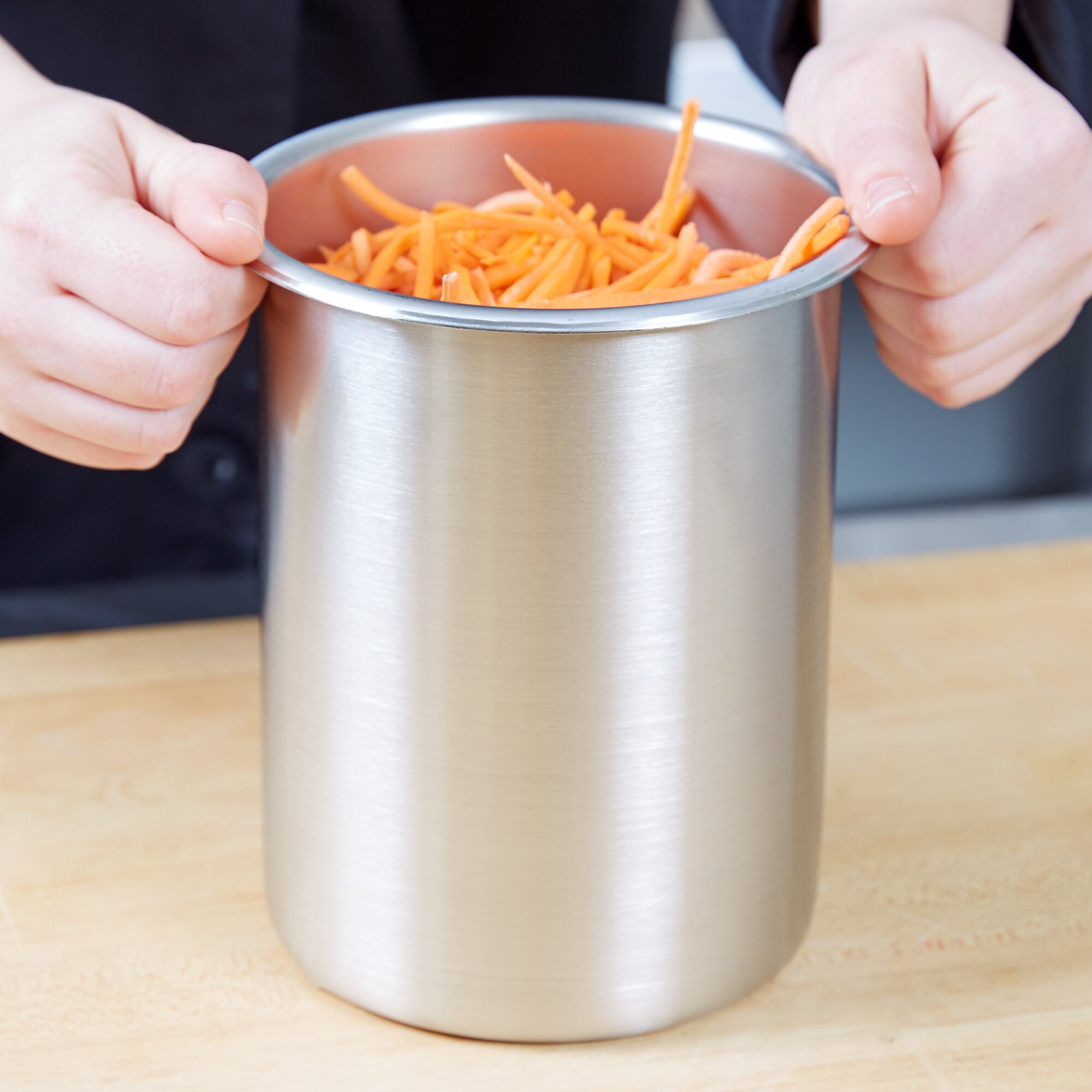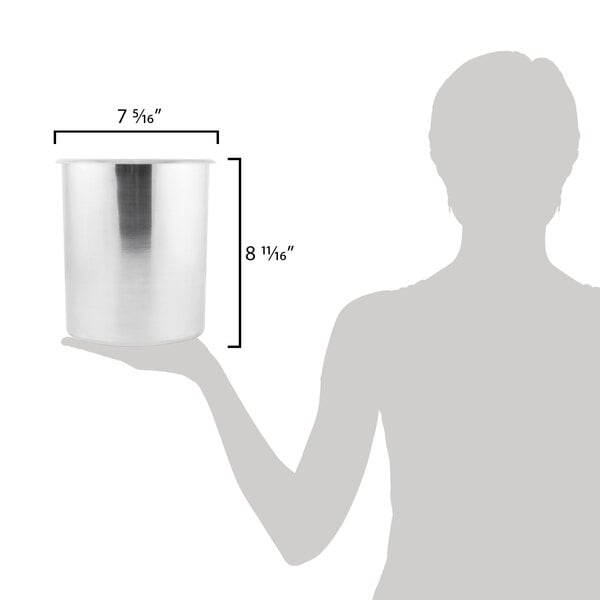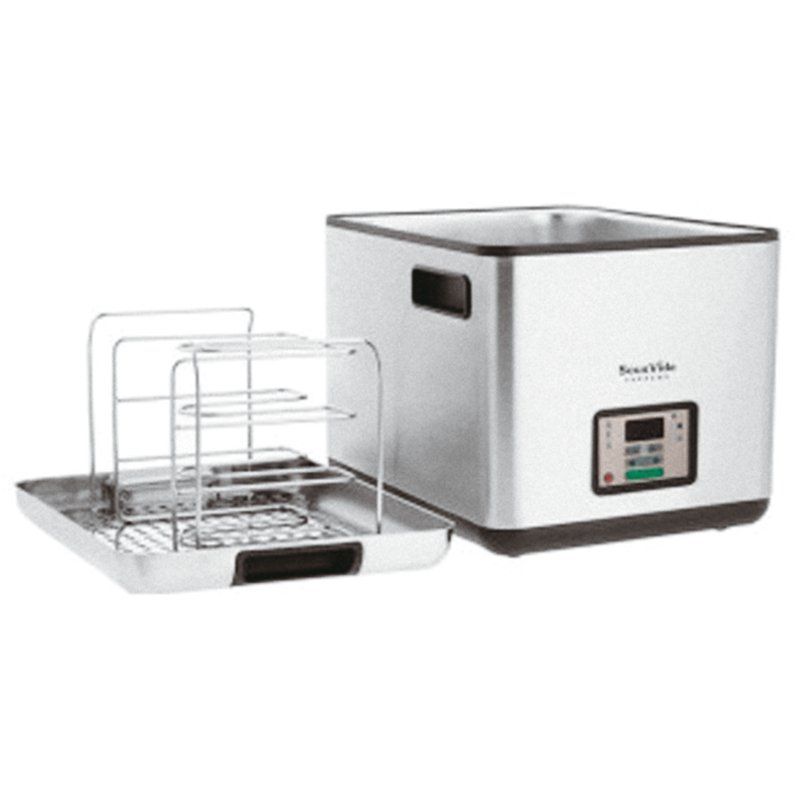
This also applies to other spirits like rum and whiskey if you are distilling on grain (or sugar), as any physical matter can be susceptible to extreme heat alteration, and in a very random manner at that. Even the so-called “low-watt density” elements can be like putting a flame onto your botanicals if you are thinking of having them in the pot. This is even worse on stills using electric elements inside the kettle itself. The larger the still, the less “shock” effect heat will have on it. When you are dealing with instant heat using a steam boiler, or utilizing direct fire underneath, there are levels of unpredictability that are sometimes hard to rope in, especially on smaller stills. That is another reason we don’t grind or alter our botanicals: Wwe could not guarantee that exact same grind time after time. Consistency is key when dealing with small batches. The heat-up time isn’t the fastest in the world, taking about two hours on a cold start for our 130-gallon kettle, but the heat we receive when it’s at operating temperature is soft, even and, most importantly, it is consistent. With six heating elements running a total of 33,000 watts, it doesn’t smoke or burn either (assuming it’s been refined properly). It’s readily available and very inexpensive. We use waste vegetable oil as the heating medium in ours. When we’ve got delicate ingredients, we need a delicate and manageable heat, and this is where the bain-marie really shines. Gin botanicals by nature are delicate you just can’t treat a fresh citrus peel like a two-inches-thick piece of meat. Where were we again? Ah yes, heat in the still. Cook it on the barbecue and you’ll lose too much fat (and sometimes start some fantastic grease fires!), and use anything else with less heat capacity and the end result just won’t be quite the same without locking in those delicious juices. If you like it rare, just cook it five minutes per side on the stovetop if you prefer it medium rare, start with a few minutes of searing and then finish in the oven for 8–10 minutes in the same pan. A good fatty rib eye demands searing heat on a cast iron skillet to get a nice crust without overcooking the center.
#Bain marie pot full#
This is where those cooking examples come into full force, as heat management is critical to your final product. The second concern that comes up is heat. So, unless you are a gin nerd and purist like me and want to make something other than gin in your still, you’ll have to go another route. The first is that those (wonderful) oils will flavor your still, especially if there is copper anywhere (which there should be, but that is a subject for another conversation).



We knew we wanted to have the botanicals in the kettle, which can pose issues on several fronts. Knowing that we wanted a true-to-form, British-style, dry gin and not the more grain heavy, aromatic New American style that utilizes a less-refined base and a vapor basket for distillation. I approached our gin in the same way as trying new and complicated recipes. Double boilers are used for delicate sauces like béarnaise and hollandaise because there are elements in those mixtures that you really don’t want to burn, as it can drastically change the taste and consistency, something you can’t undo once it’s done. A bain-marie still is just a huge double boiler. Make pizza without a pizza stone or a béarnaise sauce without a double boiler? You see where I’m going with this, specifically that last example. I’ll let it slide if you are using the steak for tartare. You say you like steak but don’t own a cast iron skillet? Shame on you! Only joking. We are all trying to make an amazing finished product, and while ingredients matter hugely, so do the tools we use to transform them. My background for making the (crazy) decision to open a distillery rests largely on my love and passion for cooking.


 0 kommentar(er)
0 kommentar(er)
